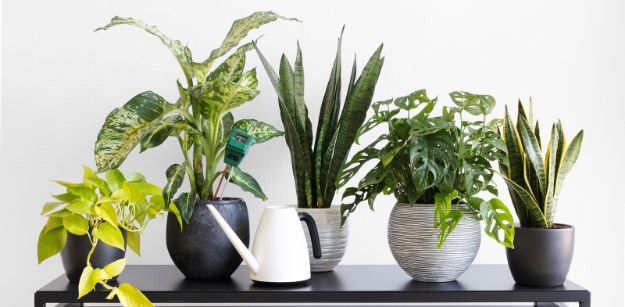Gardening is a beautiful hobby. However, there are many challenges for the plant parents as well. As plants are living things, there are many problems which are associated with them. It is very hurtful for the gardener to see any damage to their loving green babies. The brown leaves in a very common yet challenging part that keeps appearing in different types of plants around the year.
The brown tips on your indoor plants are a sign that you need to change the care regime of the plant. You need to check minutely so that you can prevent the problem in the initial stage.


It is a tricky business to find out what actually going wrong with your plant. You have a gorgeous, green, and thriving houseplant; within a week, you can see that the leaves are turning brown and you can barely recognize your favourite plant in a month. You may be wondering, searching the internet, or asking other plant fellows but do not get any fruitful.
We have investigated and found out all the prominent causes of the living condition of the plant. Here we have compiled the three most important reasons that are recognized as the culprit of the browning of tips.
Top 3 Causes For Tips Browning:
Watering and climate temperature are the two most important factors for the browning of the leaves of the plant. Adding too much fertilizer is another cause of leave burn.
1. Watering:
Brown leaves on indoor plants can be caused by irregular or over or under-watering. If you are over watering your plant, then give the soil time to dry. The best way to find out overwatering as the cause is to find out yellow spots on the leaves as well. On the other, hand, underwatering is another problem for brown leaves. When the tips of the eaves are turning brown and crunchy to the touch, it is definitely a problem of lack of water.
If the soil stays dry too long in between the time of watering, it leads to the browning of the leaves. Even a one-time under-watering can dry up the tips of the leaves. In that case, it is better to trim the brown part of the leaf so that it can revive quickly. It is also important to maintain a routine of watering and follow them on the regular basis.
2. Humidity:
Plants don’t take water only through the roots from the soil, the leaves also absorb humidity from the air to balance the required moisture. The lack of humidity also leads to the crispiness of the leaves. If there is very little moisture in the air, especially during summer in the dry climate area, then there will be brown tips.
There are many indoor plants that are native to the jungle; may feel the air in your house is too dry. In that case, arrange a humidifier for the plants for daily misting. You can also keep the houseplants in the group to keep the humidity level up. You can also boost the moisture of the plants by placing the planter on a tray of pebbles that are submerged in water.
3. Over Fertilizer:
Fertilizing more than the required limit is a cause of the brown tips of the indoor plants. It will eventually build up the salt in the soil. For the potted plants, you need to add only a handful of fertilizers at a time. If you add more than that, then the white residue of salt will accumulate on the top of the soil. If you face the problem, then you need to report the plant in the fresh soil. To keep the plants happy, you can also try soft and filtered water instead of hard tap water.






















